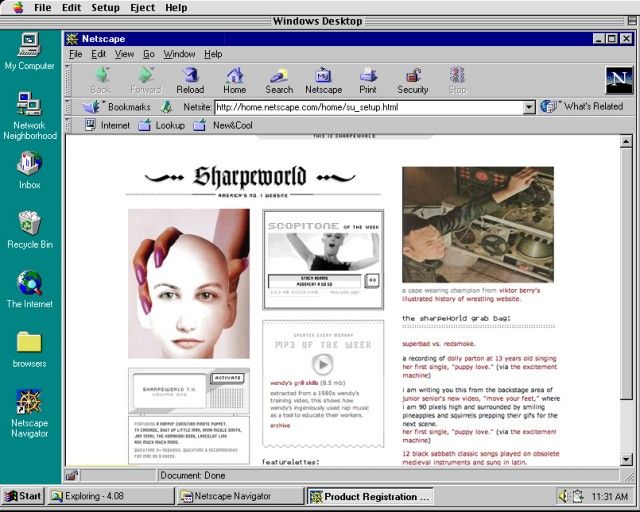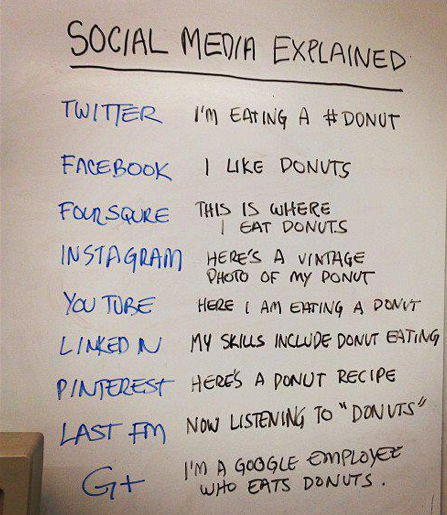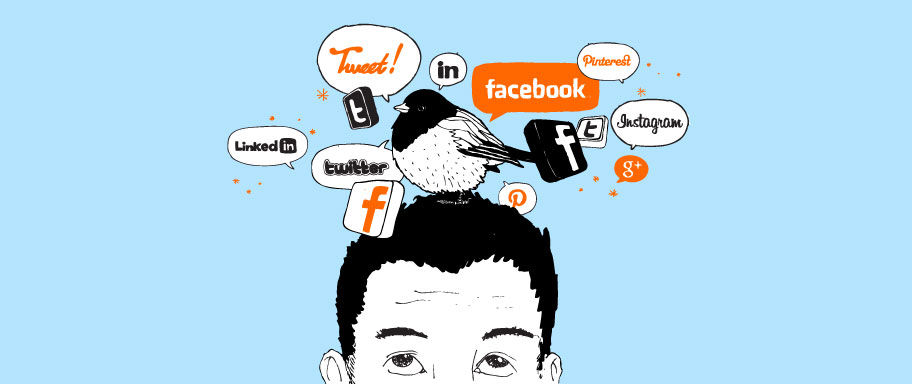There’s no denying that as a species, we are incredibly social beings. We are at our best when in groups that we feel comfortable with and at our worst when we see those around us as “different” in some way.
We talk, we smile, we touch, and we are remarkably aware of how the people around us feel thanks to these actions.
It is perhaps then unsurprising that our use of computing and computer tools has turned to the social elements of our lives as well.
What is Social Computing?
Douglas Schuler writing in Social Computing (a Special Edition of the Communications of the ACM) Volume 37 Issue 1 said; “Social Computing" refers to systems that support the gathering, representation, processing, use, and dissemination of information that is distributed across social collectivities such as teams, communities, organizations, and markets. Moreover, the information is not "anonymous" but is significant precisely because it is linked to people, who are in turn linked to other people.”
Which is an incredibly long-winded way to say; “Social computing facilitates social interaction via computers.” but that’s really what it means.
Social computing shouldn’t be confused with artificial intelligence applications like socially intelligent computing; where the computer is expected to display social behaviours and make the person using the computer feel more socially engaged when they are not.
Where Does Social Computing Come From?
Social computing has been with us as long as computers have been with us. Simon Ramo, in 1961, said that there would be; “a degree of citizen participation… unthinkable today”.
However, the first real social interactions wouldn’t occur until the 1970s as communication and conferencing suites began development. This grew in the 1980s as USENET, bulletin boards and even MUDs changed the way that people could interact via computer.
The adoption of the World Wide Web during the 1990s and 2000s has taken this to an altogether different level with almost everyone in the developed world and much of the developing world now familiar with forms of social computing.

Author/Copyright holder: The Awl. Copyright terms and licence: All rights reserved Img source
How About Some Examples of Social Computing?
The simplest examples of social computing would include e-mail, discussion forums and instant messenger clients. The most obvious examples would include all the social networks such as Twitter, Facebook and LinkedIn etc.

Author/Copyright holder: Chris Lott. Copyright terms and licence: CC BY 2.0
However, there are plenty of slightly less obvious forms of social computing available to us today too. Think of Ebay and the user generated reviews of vendors and their responses. Look to Amazon and the cunning review system that not only lets people review products but also lets people review the reviewer…
Web 2.0, a now thankfully defunct buzzword, was really about the impact of social elements on the internet as a whole.
Social computing has become a deeply complex and interesting field of research and creativity. If you’d like to find out more about Social Computing why not read the full-text of Social Computing by Thomas Erikson in our design library today?
Header Image: Author/Copyright holder: Copyright terms and licence:











